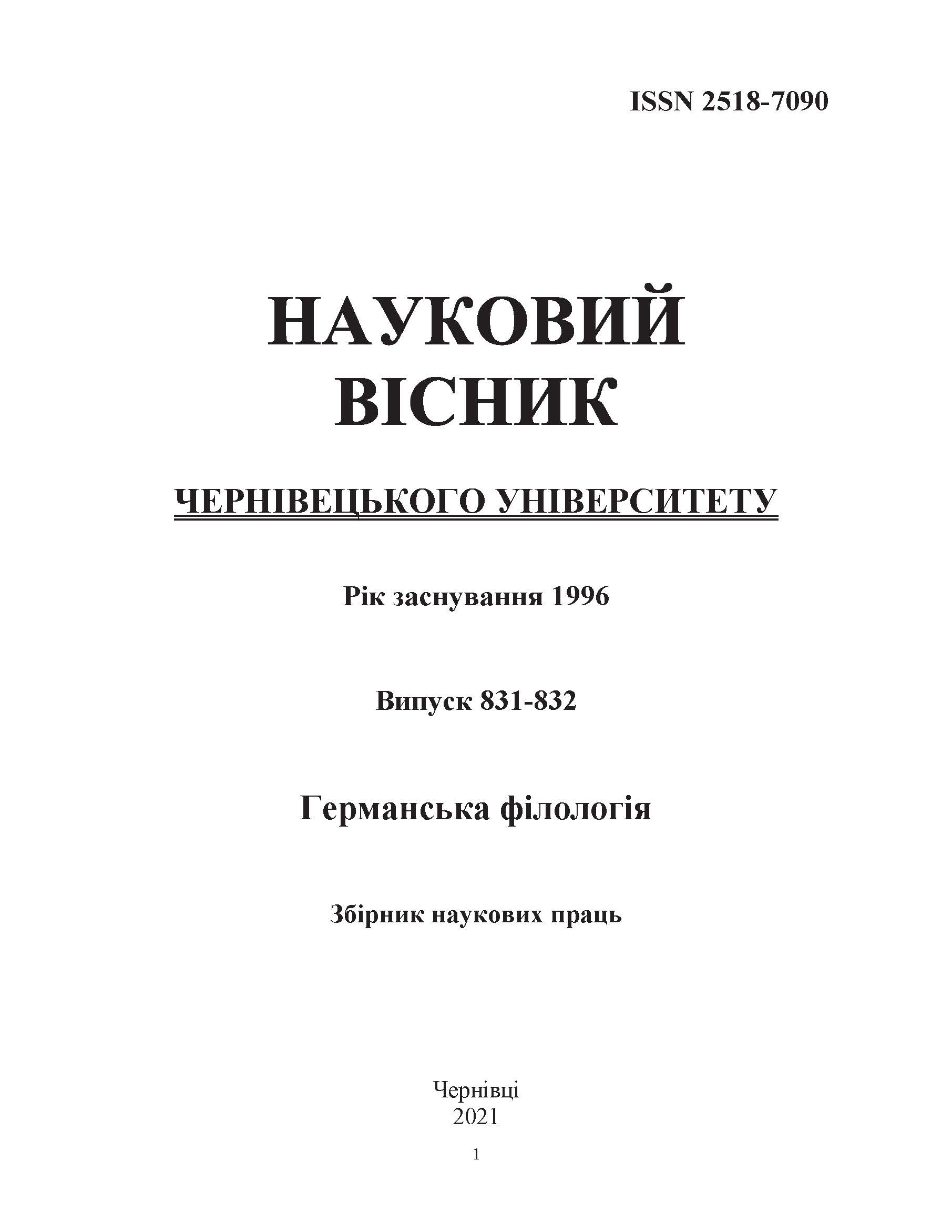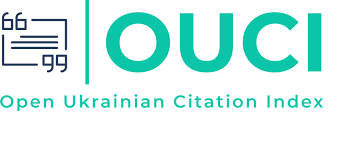МОДЕЛЮВАННЯ ДОМЕНІВ ВИРАЖЕННЯ КОНЦЕПТУ LANGUAGE В БРИТАНСЬКОМУ ПУБЛІЦИСТИЧНОМУ ДИСКУРСІ НА ОСНОВІ ПОКАЗНИКА Χ2
DOI:
https://doi.org/10.31861/gph2021.831-832.105-114Ключові слова:
концепт, домен, лексико-семантичний клас, супровідні слова, лінгвостатистичний методАнотація
Стаття присвячена моделюванню доменів вираження концепту LANGUAGE у британському публіцистичному дискурсі на основі показника χ2. Доменом називаємо когнітивну модель, яка містить сукупність ознак, які розкриваються при сполучуваності імені концепту із супровідними словами. Для визначення доменів вираження досліджуваного концепту проаналізовано супровідні лексеми (іменники, дієслова, прикметники) в одній синтаксичній рамці разом із номінативною лексемою іменником „language”. Супровідні іменники, дієслова й прикметники до імені концепту LANGUAGE погруповано за тематичною спільністю та поділено на лексико-семантичні класи (ЛСК), що репрезентують сфери вираження концепту: іменники – сорок ЛСК, дієслова – тридцять-п’ять, прикметники – двадцять-шість. Використано лінгвостатистичний метод χ²-тесту для визначення тих лексико- семантичних класів супровідних до імені концепту лексем, що мають домінантний характер уживання в публіцистичному дискурсі і таким чином установлюють найактуальніші сфери вираження концепту в текстах британського публіцистичного дискурсу.
На основі домінантних ЛСК відповідно до показника χ2, змодельовано домени
вираження концепту LANGUAGE. Зафіксовано чотирнадцять доменів у британському публіцистичному дискурсі („лінгвістичні ознаки мови”, „чистота мови”, „походження й територіальне функціонування мови”, „існування мови та ставлення до неї”, „люди як носії мови”, „освіта / наука”, „спілкування / емфатика по відношенню до мови”, „політична й військова діяльність”, „сучасні технології”, „релігія”, „суспільна діяльність (економіка, юриспруденція, спорт), „мистецтво / ЗМІ”, „час”, „парамова”). Найбільш широким доменом вважаємо домен „лінгвістичні ознаки мови”, який вміщає вісім лексико-семантичних класів. Домени „парамова”, „походження й територіальне функціонування мови”, „чистота мови”,
„люди як носії мови”, „суспільна діяльність (економіка, юриспруденція, спорт)”, „освіта / наука”, „сучасні технології” є досить чисельними в досліджуваному дискурсі, оскільки складаються із шести ЛСК. До найменш наповнюваних доменів відносимо: домен
„мистецтво / ЗМІ”, домен „час”, домен „релігія” (два ЛСК).







